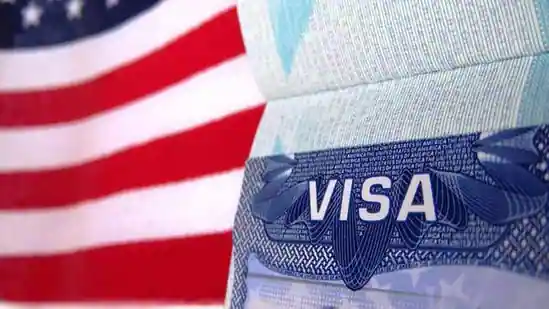When visa demand surpasses the per-country caps established by US immigration law, prorating provisions are implemented for nations with high visa demand, such as China, India, Mexico, and the Philippines.
The May 2024 Visa Bulletin, issued by the US Citizenship and Immigration Services (USCIS), indicates slight adjustments in employment-based visa categories. Notably, there is significant advancement in family-sponsored Green Card applications from India.
Here’s a summary of the May 2024 US Visa Bulletin for individuals from India.
The visa bulletin is split into two primary sections to aid applicants.
“Dates for filing” signify the starting point for submitting applications for adjustment of status or immigrant visas, determined by your visa category and country.
Final action dates provide an estimate of when your application could be approved, leading to permanent residency.
To file in May 2024 for employment-based categories, particularly the EB (Employment-Based Green Card) adjustments, your application date must precede the dates specified for your category and country as listed in the bulletin.
Family-based visa provisions
Spouses and children of preference immigrants are afforded equal consideration to the principal applicant in the family-based immigration process.
In countries with high visa demand like China, India, Mexico, and the Philippines, prorating provisions come into play when demand surpasses per-country caps established by US immigration law. This involves adjustments to ensure fair distribution of visas among all applicants from these regions.
“Conclusive Date Deadlines” for family-sponsored categories for India
The priority date for F1 (Unmarried sons and daughters of US citizens) has shifted to July 8, 2015, from February 8, 2015.
F2A (Spouses and children of permanent residents) has progressed to June 1, 2021, from its previous date of September 8, 2020.
The F2B category (unmarried sons and daughters of permanent residents, 21 and older) has progressed from November 22, 2015, to April 1, 2016.
F3 (Married sons and daughters of US citizens) priority date has been advanced to January 1, 2010 from October 1, 2009.
F4 (Siblings of adult US citizens) priority date moved from December 15, 2005, to January 15, 2006.
Breakdown of Employment-Based Preferences
Employment-based categories cater to varying skill levels and investment criteria.
1st Preference (EB-1, Priority Workers) receives 28.6% of the global employment-based preference level.
The 2nd Preference (EB-2, Professionals with Advanced Degrees or Exceptional Ability) similarly accounts for 28.6% of the global allocation.
The 3rd Preference (EB-3, Skilled Workers and Professionals) is allocated 28.6% globally, with a separate cap for ‘Other Workers’.
The 4th Preference (EB-4, Special Immigrants) accounts for 7.1% of the global level.
The EB-5 program, fifth preference, comprises 7.1% of the global quota, with funds earmarked for investments in rural and high-unemployment areas, as well as infrastructure projects.
Each category has specific allocations and set-asides, impacting applicants from different countries accordingly.
In fiscal year 2024, the family-sponsored preference cap is 226,000, while the employment-based preference cap is a minimum of 140,000.
Each country is subject to a cap of 7% of these totals, amounting to 25,620, ensuring a balanced distribution of benefits from the US immigration system among nations.
Applicants must monitor the “Final Action Dates” to gauge the progress of their applications. If there are more visas available than applicants, USCIS may revise its guidelines, potentially permitting earlier filings.
Final Action Dates for employment-based preferences in India :
– EB-1: Remains unchanged at March 1, 2021.
– EB-2: Set for April 15, 2012.
– EB-3 and Other Workers: Both categories remain as of August 15, 2012.
– EB-4 and designated religious worker final action dates are presently fixed at November 1, 2020.
– EB-5 (Unreserved and Set-Aside Categories), dates fluctuate, with some staying current, indicating availability for applicants.
Dates for filing
Employment-based preferences :
For EB-1 through EB-5, dates vary from current to specific cut-offs in 2020 and 2022, enabling applicants to strategically time their application submissions.
Stay in the know about visas by following VisaBud.



